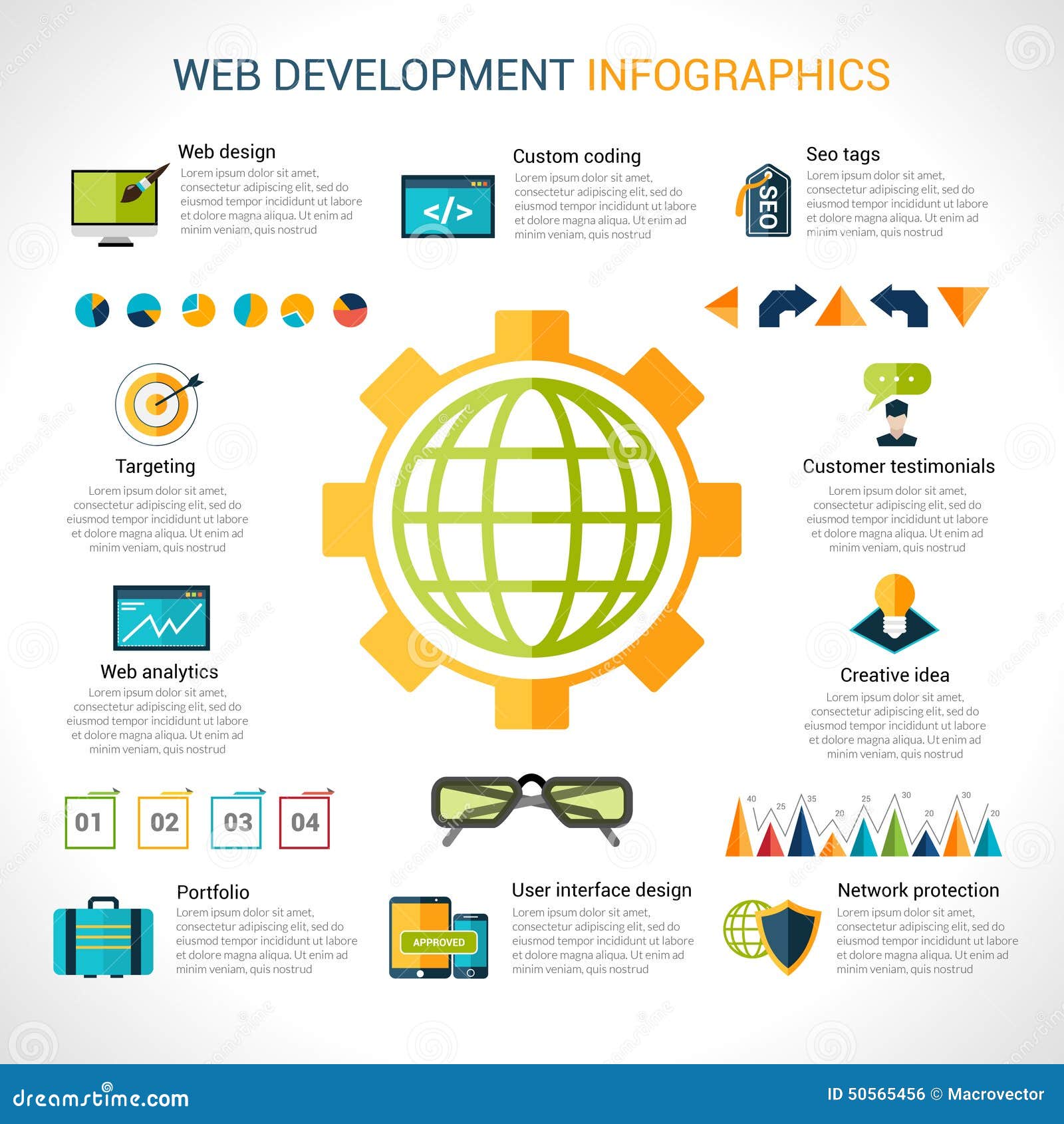Prepare Yourself To Journey Through Time And Find How Sites Have Ended Up Being A Lot More Advanced, User-Friendly, And Visually Sensational
Prepare Yourself To Journey Through Time And Find How Sites Have Ended Up Being A Lot More Advanced, User-Friendly, And Visually Sensational
Blog Article
Material Writer-Rasmussen Trolle
In the past, sites were simple and focused on info. Navigating was direct, and layout was for desktops. Now, customer experience is key. Data overviews designs for very easy navigation. Receptive designs suit different gadgets. Today, dark mode reduces strain, and minimal menus improve navigating. Interactive functions engage individuals, and strong visuals stick out. AI combination boosts engagement. See just how design has evolved to improve your on-line trip.
Very Early Days of Web Design
In the very early days of website design, simplicity preponderated. Sites were standard, with minimal shades, fonts, and layouts. The focus was on offering information as opposed to showy visuals. Users accessed the internet through sluggish dial-up links, so rate and functionality were key.
Navigation menus were straightforward, usually situated on top or side of the web page. Websites were developed for desktop computers, as mobile surfing had not been yet common. Content was king, and designers focused on very easy readability over complicated design elements.
HTML was the main coding language utilized, and designers had to function within its restrictions. Animations and interactive features were marginal compared to today's requirements. Internet sites were static, with little dynamic material or customized individual experiences.
Surge of User-Focused Style
With the advancement of website layout, a change in the direction of user-focused design principles has come to be increasingly popular. Today, producing websites that prioritize individual experience is important for involving site visitors and achieving business goals. User-focused style entails understanding the demands, preferences, and habits of your target audience to customize the web site's layout, content, and features appropriately.
Designers currently conduct thorough research, such as user studies and functionality testing, to gather insights and responses straight from customers. This data-driven strategy aids in producing user-friendly navigation, clear calls-to-action, and aesthetically appealing interfaces that reverberate with site visitors. By putting the user at the center of the layout process, internet sites can provide a more tailored and delightful experience.
Responsive style has additionally become a vital facet of user-focused design, ensuring that web sites are maximized for different tools and display sizes. This versatility boosts accessibility and use, catering to the varied ways users engage with web sites today. Essentially, the increase of user-focused design indicates a change in the direction of developing digital experiences that prioritize the needs and expectations of the end customer.
Modern Trends in Web Design
Explore the most recent patterns forming web design today. One noticeable pattern is dark mode style, providing a smooth and contemporary look while decreasing eye stress in low-light atmospheres. Another key pattern is minimal navigation, simplifying menus and enhancing customer experience by concentrating on essential elements. Including micro-interactions, such as computer animated buttons or scrolling results, can develop a more appealing and interactive website. Responsive layout continues to be vital, making sure smooth user experiences throughout various tools. In addition, using strong typography and asymmetrical formats can add visual passion and draw attention to details material.
Integrating AI technology, like chatbots for client support or customized recommendations, boosts user interaction and simplifies procedures. Availability has additionally become a considerable pattern, with designers focusing on inclusive style techniques to deal with diverse individual needs. Embracing sustainability by optimizing site efficiency for rate and efficiency is one more emerging fad in website design. Collaborating with customer responses and information analytics to repeat and boost design constantly is necessary for remaining appropriate in the ever-evolving electronic landscape. By accepting these modern-day patterns, you can create an aesthetically attractive, easy to use website that reverberates with your audience.
https://www.accountingtoday.com/list/4-b2b-content-marketing-strategies-that-get-results-for-firms
As you review the evolution of website design from the very early days to now, you can see how user-focused layout has actually become the driving pressure behind modern-day trends.
Embrace the journey of change and adjustment in website design, always maintaining the customer experience at the forefront.
Remain existing with the most recent trends and technologies, and never quit developing your strategy to produce aesthetically spectacular and easy to use sites.
Progress, adjust, and create - the future of website design is in your hands.
